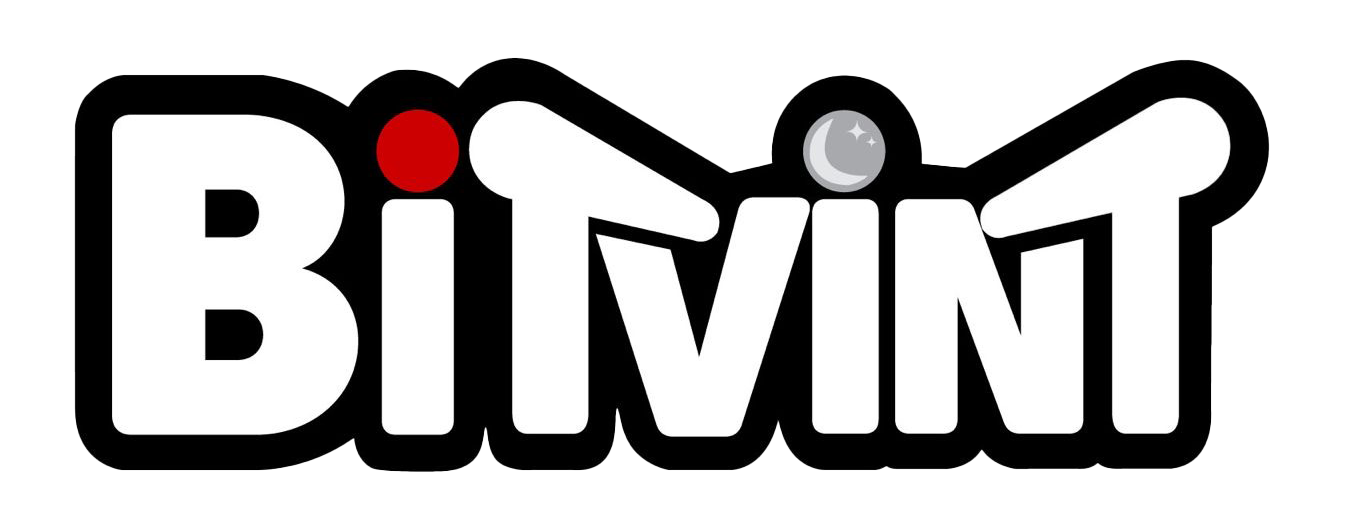Introduction
Released in 1998 by Capcom, JoJo’s Bizarre Adventure is a 2D fighting game based on Hirohiko Araki’s iconic manga series. Originally launched in Japanese arcades as JoJo’s Venture, the game was later expanded and re-released as JoJo’s Bizarre Adventure: Heritage for the Future, featuring more characters, refined mechanics, and deeper gameplay.
With its stand-based combat system, stylish visuals, and faithful adaptation of the manga’s Part 3: Stardust Crusaders, JoJo’s Bizarre Adventure became a cult classic among fighting game and anime fans.
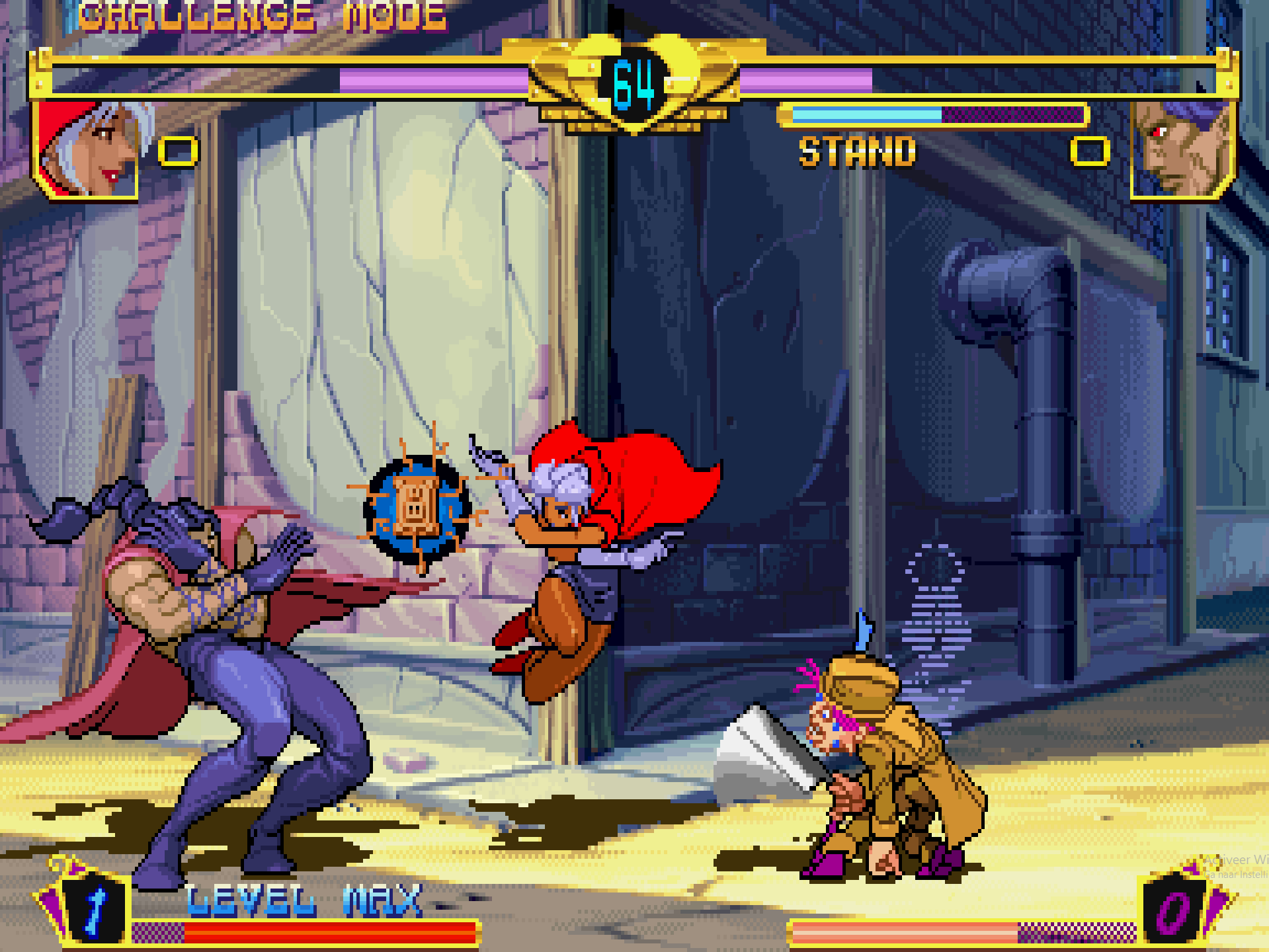
Design and Development
Developed by Capcom on the CP System III (CPS-3) arcade hardware, JoJo’s Bizarre Adventure pushed the limits of sprite-based animation and visual effects. The game was directed by Jun Matsumoto and produced by Noritaka Funamizu, both veterans in Capcom’s fighting game division.
Capcom sought to faithfully capture Araki’s unique art style, integrating hand-drawn sprites, manga panel-inspired attacks, and expressive character animations to make the game feel like a living manga.
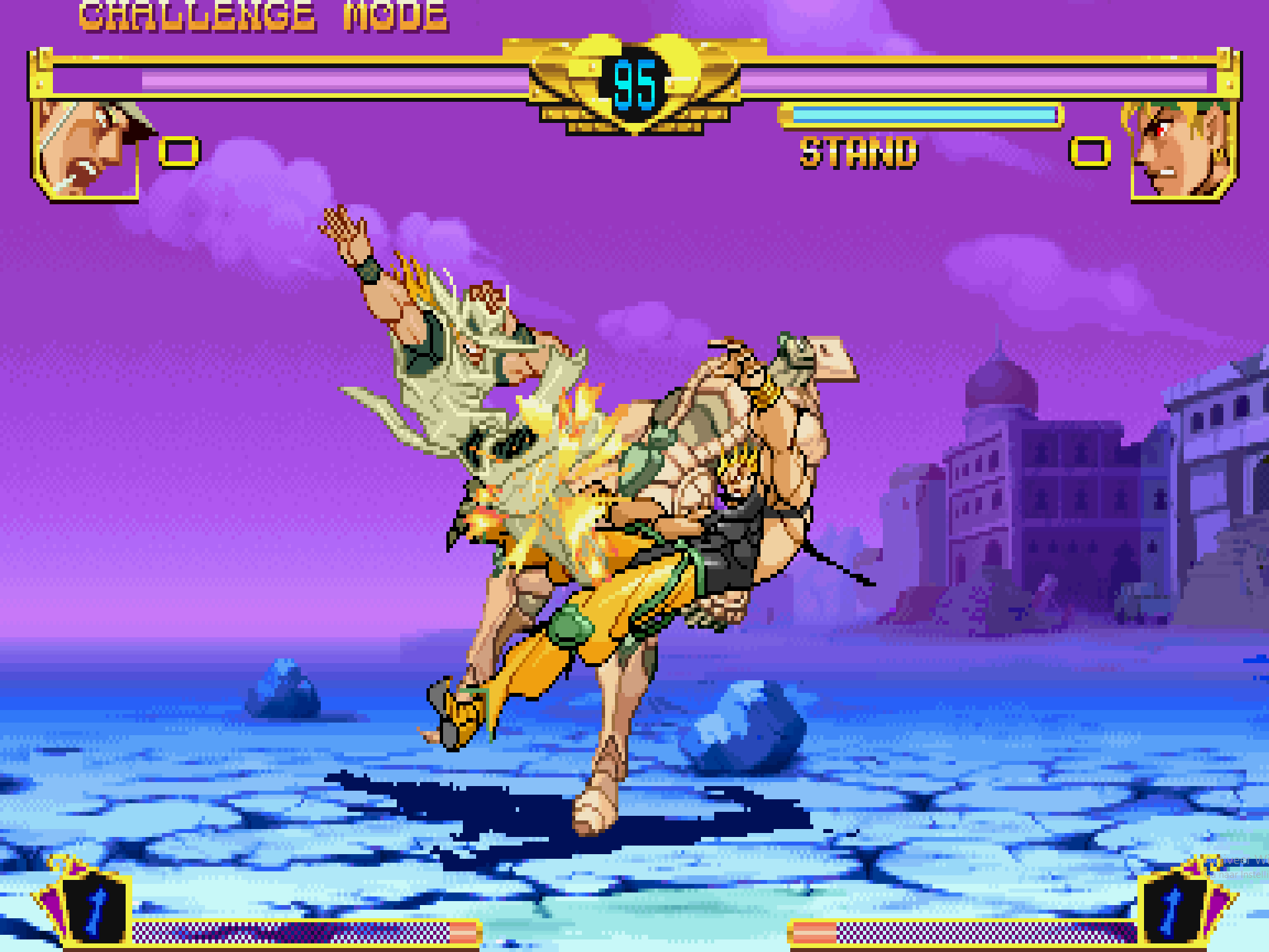
Gameplay Video
Gameplay and Mechanics
JoJo’s Bizarre Adventure introduced several unique gameplay elements that set it apart from traditional fighting games.
- Stand System – Each character has a Stand, a supernatural entity that fights alongside them, altering their moves, abilities, and defensive options.
- Two Fighting Modes – Players can activate or deactivate their Stand, leading to different attack patterns and strategies.
- Super Combo System – Powerful Super Moves and Dramatic Finishers deliver stylish, high-impact attacks true to the manga.
- Interactive Environments – Stages feature traps, hazards, and manga-style sound effects, adding depth to fights.
- Diverse Character Roster – Features over 20 characters, including Jotaro Kujo, Dio Brando, and other Stardust Crusaders protagonists and villains.
- Parrying and Counter Moves – Inspired by Street Fighter III, players can perform precise parries and counters, rewarding skilled play.
The Stand system and stylish mechanics helped JoJo’s Bizarre Adventure carve out a unique identity in the fighting game scene.
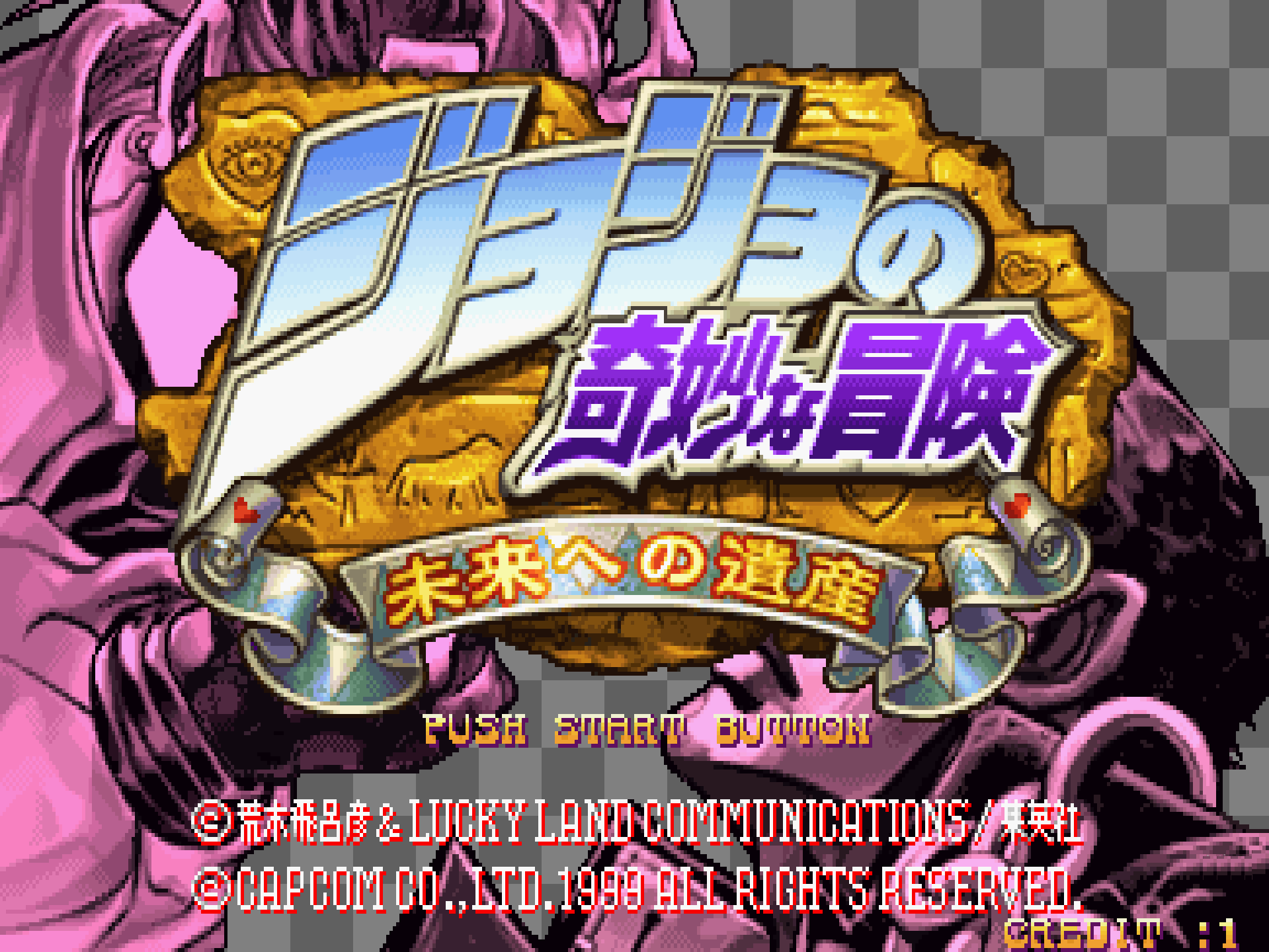
Cultural Impact and Legacy
Though not as commercially successful as Street Fighter II or The King of Fighters, JoJo’s Bizarre Adventure remains a cult favorite thanks to its faithful adaptation of the manga and unique combat mechanics.
- Expansion into Home Consoles – The game was ported to the Sega Dreamcast and PlayStation, introducing it to a wider audience.
- Influence on Future Fighting Games – The Stand system and stylish presentation influenced later Capcom and anime-based fighters.
- Resurgence Through Re-Releases – The game was remastered and re-released in 2012 as JoJo’s Bizarre Adventure HD Ver., bringing it back to modern audiences.
The game’s niche status and deep mechanics make it a favorite among competitive players and JoJo fans alike.
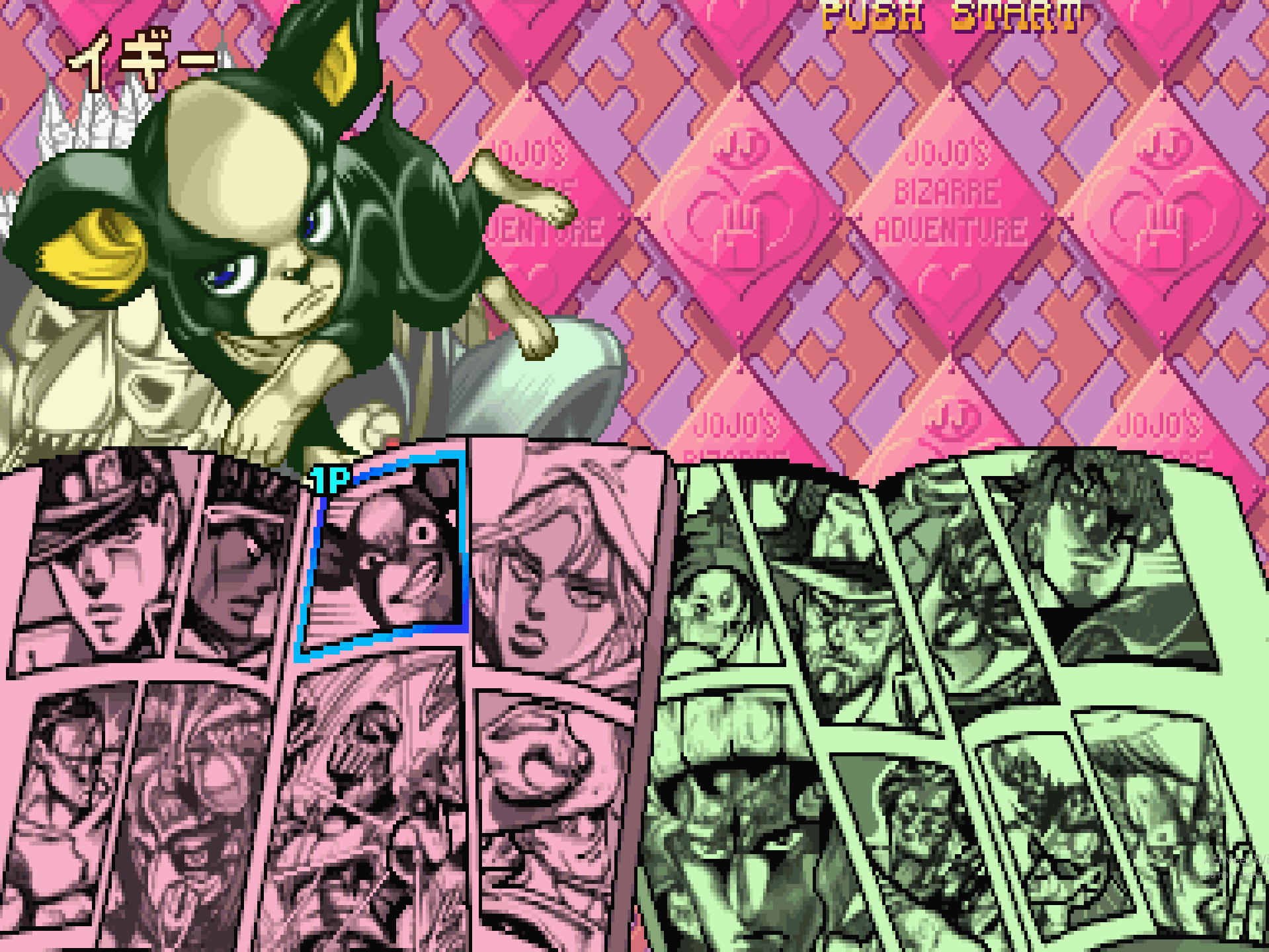
Fun Facts
- DIO’s Time Stop Move – Dio’s ultimate attack stops time, letting him freely attack a helpless opponent, just like in the manga.
- Manga-Accurate Animations – Every character’s moves and poses are directly lifted from the manga, staying true to Araki’s vision.
- The Origin of Stylish Fighting Games – JoJo’s Bizarre Adventure was one of the first anime-based fighters to emphasize style and flair, influencing later titles like Guilty Gear and BlazBlue.
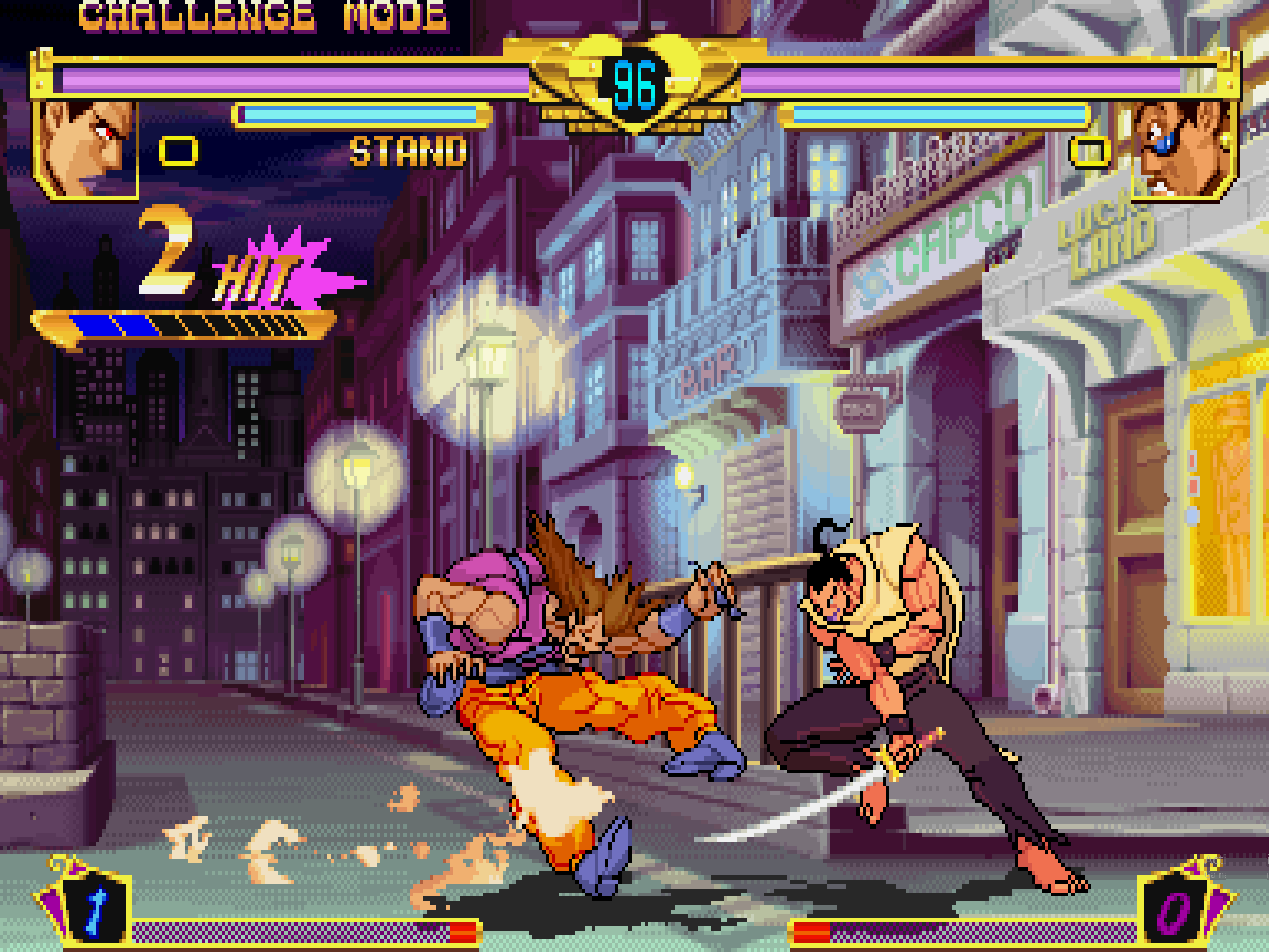
Conclusion
JoJo’s Bizarre Adventure stands as a stylish and innovative arcade fighter, capturing the spirit of the manga with faithful character designs, fluid combat, and unique Stand-based mechanics. While not as mainstream as Capcom’s other fighting games, it remains a beloved cult classic, keeping JoJo fans and competitive players engaged decades later.
Related Pages
- Street Fighter III: 3rd Strike – A technical and precise 2D fighter.
- The King of Fighters ‘98 – A legendary SNK fighting game.
- Darkstalkers – Another Capcom fighting game known for its stylized animation.
